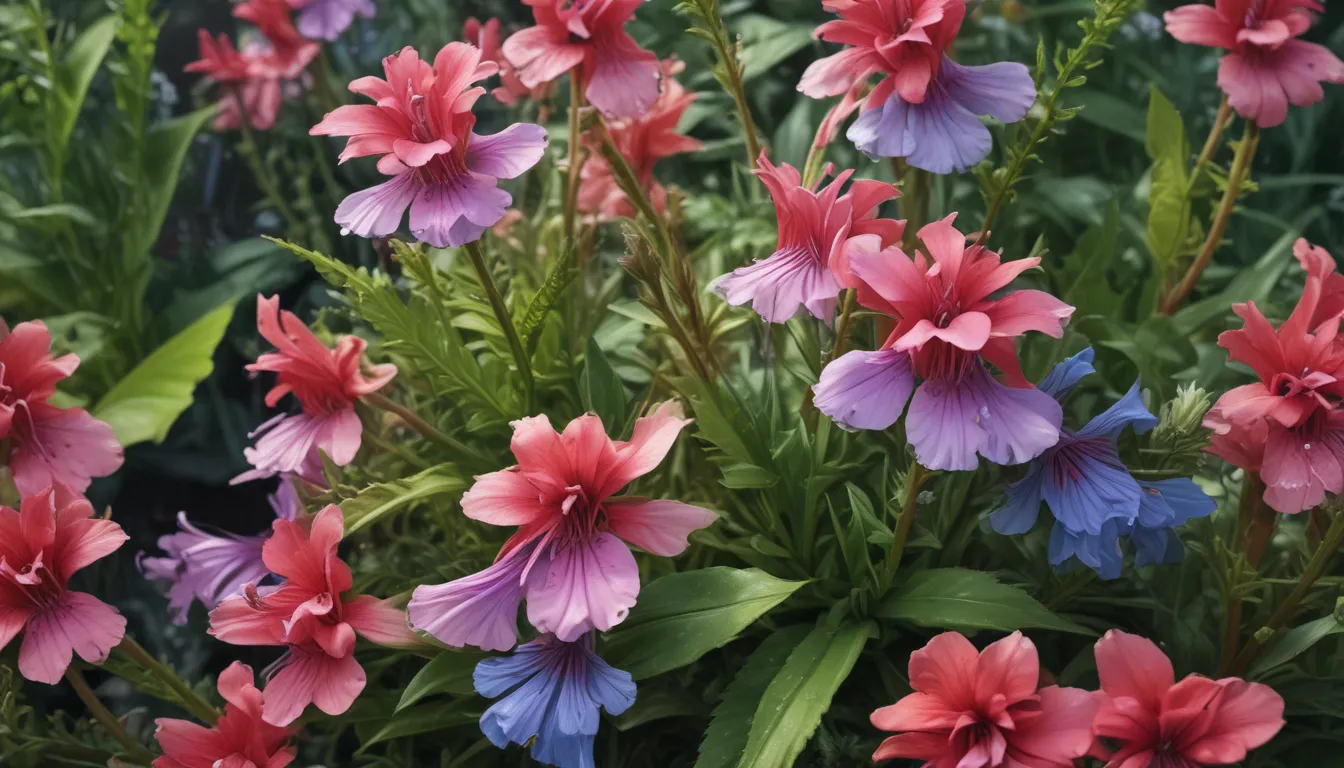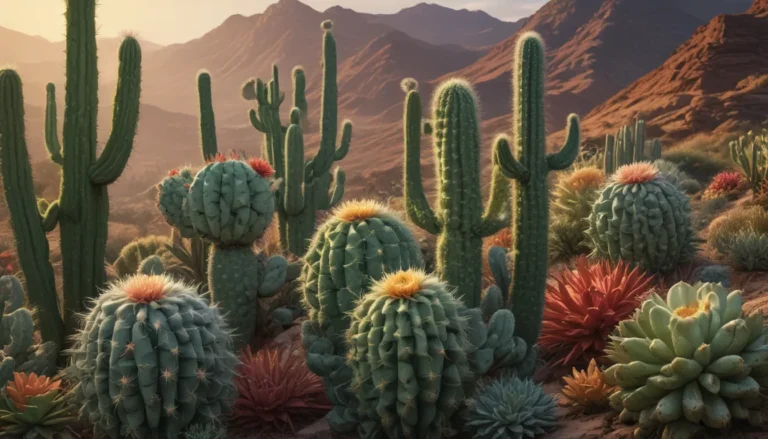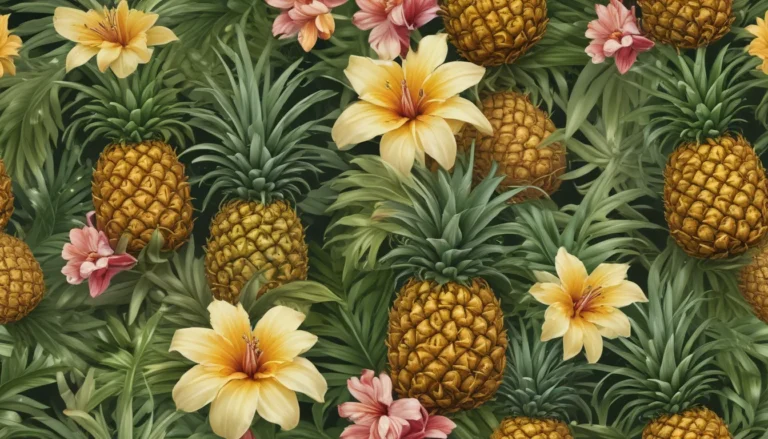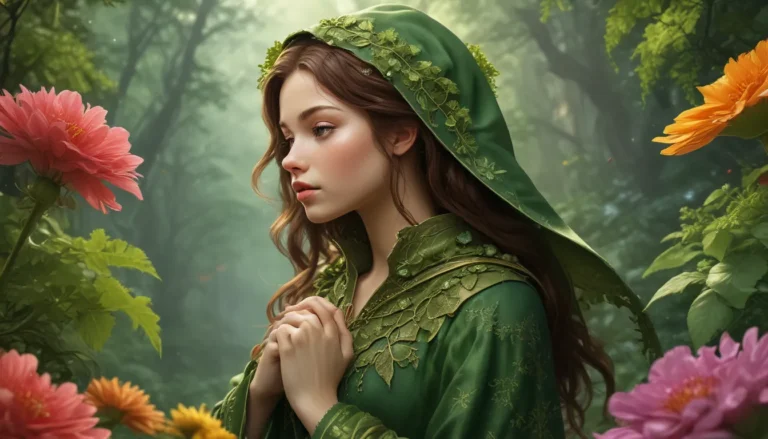The pictures we use in our articles might not show exactly what the words say. We choose these pictures to make you interested in reading more. The pictures work together with the words but don’t take their place. The words still tell you the important facts.
Are you a gardening enthusiast looking to add a vibrant and eye-catching plant to your landscape? Look no further than lobelia! Known for its stunning blue, purple, and white blooms, lobelia is a versatile and fascinating plant that goes beyond its aesthetic appeal. In this article, we will delve into nine surprising facts about lobelia that will deepen your appreciation for this remarkable plant. From its rich medicinal history to its ability to attract pollinators, lobelia is truly a hidden gem in the world of gardening. So, let's uncover the wonders of lobelia together and discover why it's a must-have for any garden.
The Diverse World of Lobelia
While lobelia is commonly associated with delicate blue flowers, it is important to note that lobelia is not just a flower – it is a diverse genus of plants that includes both annuals and perennials. These plants come in various shapes and sizes, ranging from low-growing ground covers to tall, upright specimens. So, when you plant lobelia in your garden, you're not just getting a pretty flower – you're getting a whole spectrum of botanical diversity.
A Plant with Medicinal Roots
One of the most intriguing aspects of lobelia is its rich history of medicinal use. For centuries, Native American tribes utilized lobelia to treat respiratory conditions such as asthma and bronchitis. The active compounds found in lobelia have shown potential in relaxing the airways and alleviating coughing. However, it is essential to seek guidance from a healthcare professional before using lobelia for medicinal purposes to ensure safe and effective use.
A Pollinator’s Paradise
If you're looking to attract beneficial pollinators to your garden, lobelia is the perfect choice. The vibrant flowers of lobelia, with their tubular shape and nectar-rich rewards, are irresistible to bees, butterflies, and hummingbirds. By planting lobelia in your garden, you not only enhance its beauty but also support the pollination process and contribute to the health of the ecosystem.
A Rainbow of Colors
While blue may be the most common color associated with lobelia, this versatile plant also comes in shades of pink, purple, white, and even fiery red. The wide range of colors makes lobelia a perfect choice for adding visual interest to your garden, containers, or hanging baskets. With lobelia, you can create a vibrant and colorful display that will dazzle any onlooker.
Easy to Grow, Easy to Love
Whether you're a seasoned gardener or a newbie, lobelia is a versatile and low-maintenance plant that is a joy to grow. Thriving in both sun and partial shade, lobelia requires regular watering and well-drained soil to flourish. With proper care, lobelia will reward you with a continuous display of flowers throughout the growing season, adding a pop of color to your landscape.
A Ground Cover Extraordinaire
If you're looking for a plant that can serve as a ground cover, look no further than lobelia. Varieties like Lobelia erinus are perfect for creating a dense carpet of foliage and flowers that can suppress weed growth and add a splash of color to challenging areas of your garden. With lobelia as a ground cover, you can enjoy a lush and vibrant landscape with minimal maintenance.
Handle with Caution
While lobelia has its share of benefits, it's essential to handle this plant with care. Ingesting large amounts of lobelia can be toxic and may lead to unpleasant symptoms such as nausea, vomiting, and dizziness. If you have pets or young children, it's best to keep lobelia out of their reach to avoid any potential issues.
Unleash Your Creativity with Lobelia
Did you know that the flowers of lobelia can be used to create natural dyes? The deep blue and purple hues of lobelia flowers can be extracted and applied to fabrics or used in various crafts to add a unique and eco-friendly touch. Embark on a creative journey with lobelia's natural dyes and discover the endless possibilities of this versatile plant.
Conclusion: Embracing the Beauty of Lobelia
In conclusion, lobelia is a captivating plant with a wealth of surprising facts waiting to be explored. From its colorful blooms to its medicinal properties, lobelia offers gardeners and plant enthusiasts a world of wonders to discover. Whether you're a seasoned green thumb or a budding gardener, adding lobelia to your garden will bring a burst of color and an array of benefits. So, why not embark on a journey into the enchanting world of lobelia and unlock its marvelous secrets? Happy gardening!
FAQs: Your Burning Questions Answered
- Q: Can I grow lobelia in containers?
-
A: Yes, lobelia thrives in containers such as pots, hanging baskets, and window boxes, making it an excellent choice for adding color to any space.
-
Q: Is lobelia safe for consumption?
-
A: While lobelia has medicinal uses, it contains toxic alkaloids and should only be used under the guidance of a qualified herbalist or healthcare professional.
-
Q: How often should I water lobelia plants?
-
A: Lobelia prefers moist soil, so aim to keep the soil evenly moist without overwatering to prevent root rot.
-
Q: Can lobelia tolerate full sun?
-
A: Lobelia thrives in partial shade to full sun but may benefit from some shade during the hottest part of the day in warmer climates.
-
Q: When is the best time to plant lobelia seeds?
-
A: Lobelia seeds can be sown indoors before the last frost date or directly outdoors after the threat of frost has passed.
-
Q: Do lobelia attract pollinators to the garden?
-
A: Yes, lobelia's vibrant flowers are known to attract bees, butterflies, and hummingbirds, making it a pollinator-friendly choice for landscapes.
-
Q: How tall do lobelia plants grow?
-
A: Lobelia plants can vary in height depending on the species, typically growing to be around 6-12 inches tall.
-
Q: Can lobelia be propagated from cuttings?
-
A: Yes, lobelia can be propagated from stem cuttings by rooting a 2-3 inch cutting in moist soil or water.
-
Q: Are there different varieties of lobelia?
- A: Yes, lobelia comes in various species and cultivars, offering a range of colors, growth habits, and flower forms to suit different garden preferences.
When it comes to exploring the world of lobelia, the journey never ends. Dive deeper into the captivating realm of this remarkable plant and unlock its hidden wonders. Whether you're drawn to its medicinal properties, stunning colors, or pollinator-friendly nature, lobelia is a plant that never ceases to amaze. So, take a step into the world of lobelia and let its beauty and benefits inspire you to create a garden that bursts with vibrancy and life.
Join us in our commitment to delivering engaging and reliable content that enriches your knowledge and appreciation of the natural world. Each fact shared on our platform is crafted with care and accuracy, ensuring that you receive valuable insights and information from real users like you. Trust our dedication to quality and authenticity as we continue to explore, learn, and grow together.






